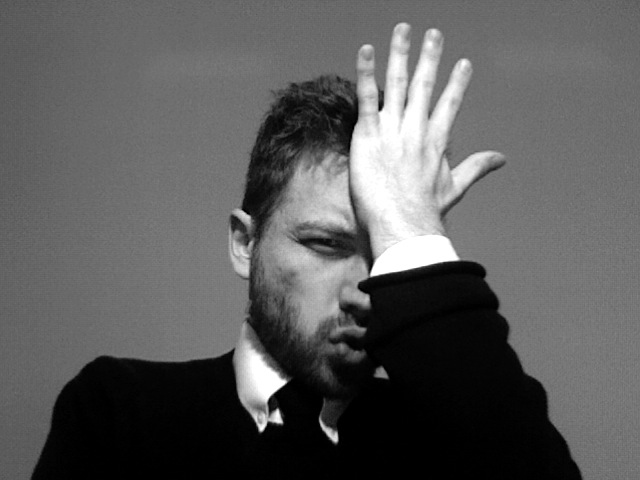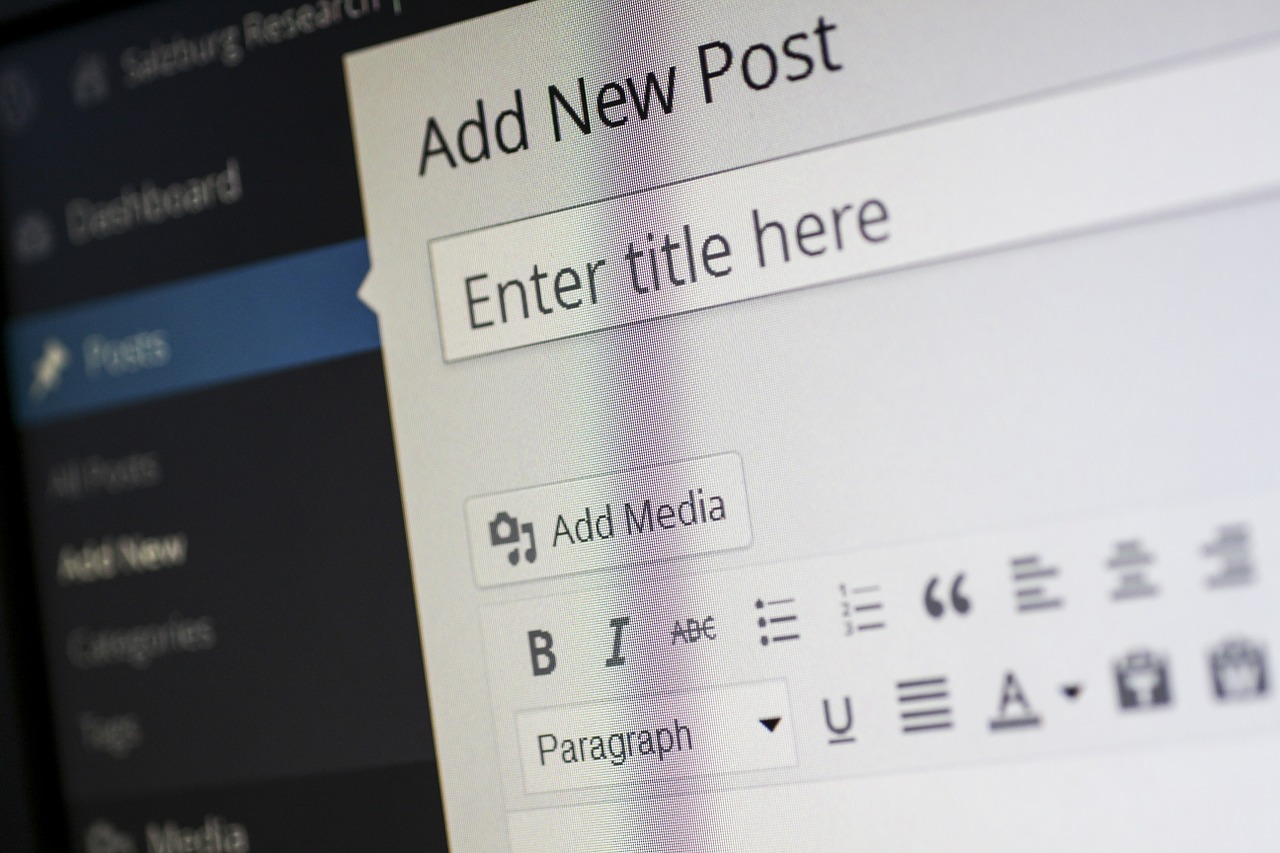Drupal is a powerful tool in the right hands, but like any content management system, it isn’t perfect. Regardless of whether you’re a seasoned veteran or a green newcomer to the platform, you’re bound to eventually run into a problem or two you can’t figure out on your own. Today, we’re going to go over a few of the most common issues you’re likely encounter with a Drupal installation.
More importantly, we’re going to explain how to fix them.
A General Overview Of Drupal Troubleshooting
Before we start getting into specifics, I’d like to offer a bit of advice, taken straight from the Drupal home page. It lays out a process which can be used to troubleshoot virtually any problem you might encounter with your installation. It goes as follows:
1. Stay calm. Stop and think; ask yourself if you’ve made any recent changes to your site. Have you installed or updated any modules? Are there version conflicts or errors that might be preventing your CMS from running properly? Think about the last time it worked, and work out what’s changed since then.
2. Assuming you’ve got the core dblog module enabled (you should), you can find error reports under /admin/reports/dblog. Check the logs and note any error messages you see. Examine also the logs of any additional non-drupal applications you’re using, such as Apache or PHP.
3. Validate your page to check for errors in the HTML markup. There are a number of plugins and websites designed to help you do this.
4. Check your CSS for errors. In particular, you should be looking at child and container elements; these are the areas in which issues most commonly surface. Make any revisions or overrides in a new style.css file rather than your original. Again, there are a number of tools to help make this process a little easier on you, such as the web developer toolbar.
5. Clear the cache. There’s a chance that it might contain a few errors, and clearing it might clear up all your problems, as well. You can do this on the Performance page by clicking the “Clear all caches” button.
6. Pore over the README for your module. It might contain something useful.
7. Dive into your code and debug it to check for errors.
8. Check your memory. If you’re getting the White Screen of Death, it may be because of an error with modules or code, but there’s also a good chance that you’re running out of memory.
9. When all else fails, look the error up on Google. Chances are pretty good that someone else has encountered it at some point. You’d be surprised how often even the most tech savvy resort to this step.
Alright. Now that we’ve gotten that out of the way, let’s look at a few errors that cannot be immediately addressed through the above steps.
Vanishing Comments
Has all the content on your site created by anonymous users disappeared? That’s very likely due to a database issue. Go into your MySQL {users} table, and make sure you add uid=0. This will allow anonymous users to once again post and save content.
The Disappearing Images
Images can be a little finicky in Drupal, as well – either your CSS images disappear when caching is turned on or images within your posts are disappearing after the node they’re contained by is published. In the first case, the default settings of Drupal are likely to blame. The solution will require you to grant the role of whatever user is publishing the post Full HTML access,” at which point you’ll also need to create a custom Input Format with the img tag.
In the second case, the solution is a bit more involved. After first checking the permissions relative to files and CSS folders (make sure your server has read/write access), you’ll next want to examine whether or not your CSS is set up to import to another file. Check to see whether you’re using relative or absolute paths, and check your URL for any out-of-place characters.
Users Can’t Edit Pages (Or Can’t See Their Content)
One of the more frustrating issues that might crop up with your Drupal installation involves user permissions. A user – even one with access privileges – may find that they are unable to edit a particular page. Thankfully, this is corrected easily enough; simply check the user’s role and compare it against the input format of the body field. There’s a good chance that either the user’s role is misconfigured, or that it’s unable to edit content of that particular breed.
Another common problem involves how user roles interact with the cache. A user who’s created content and logs out is suddenly unable to see what they created. To fix this, clear the browser cache, clear the Drupal cache, and adjust the “minimum Cache lifetime” under settings.
Website Load Time Issues
Like many content management systems, Drupal tends to get a little bloated if you don’t operate it properly. If your website seems to take an age to load, it may well be because you aren’t making full use of its caching capabilities. If you don’t have block and page caching enabled, do so, then flush the cache. You might also consider compressing any large files your CMS is dealing with, such as CSS and Javascript.
Busted Layout
Occasionally, the layout of your website may seemingly ‘break’ without warning. There are a number of issues which might cause this to happen, including a messed up cache or a corrupted theme registry. To fix this, first empty your cache under the Admin/Settings/Performance. If that still doesn’t do the trick, try rebuilding the theme registry.
Note that this is much easier to go about if you install the Devel module; a module created specifically to streamline Drupal’s development process.




